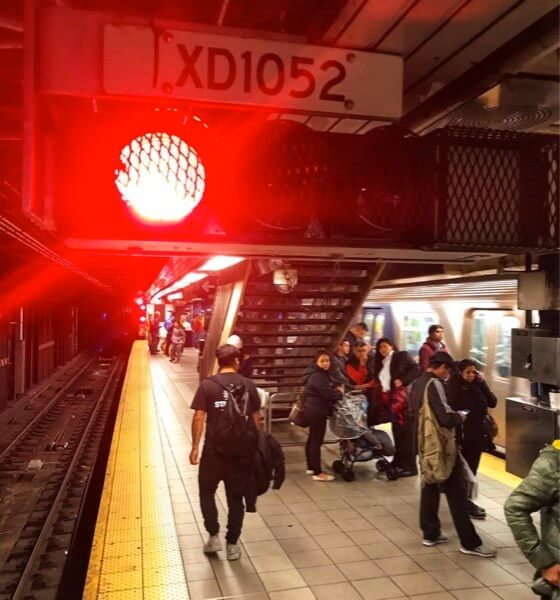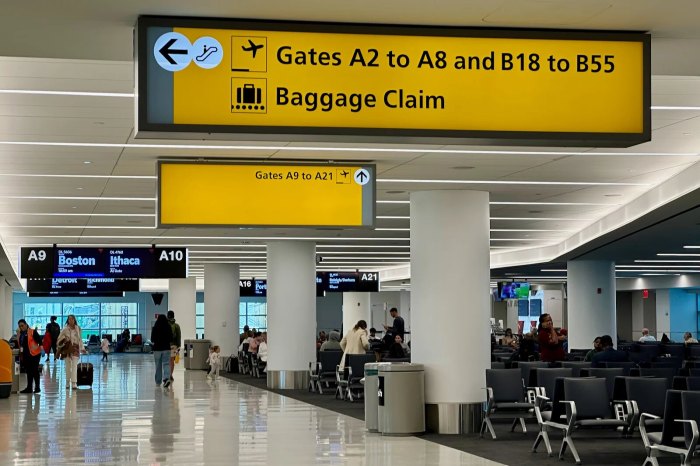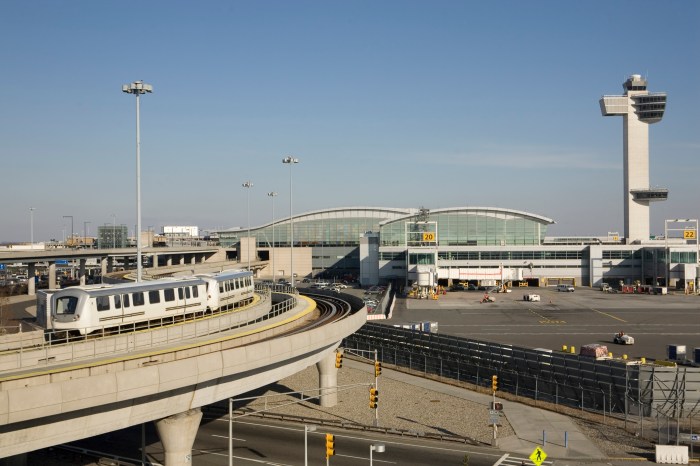By Mark Hallum
The Regional Plan Association, a think tank, released a 300-plus page proposal to revolutionize transit infrastructure in New York which fielded the idea of discontinuing 24-hour subway service and expanding subway lines to serve transit deserts where job markets are up.
But Larry Penner, an advocate who worked 31 years for the USDOT Federal Transit Administration, said the proposal does not take into account the logistics of closing a subway station nor does it look at the bureaucracy or funding involved in expanding service.
RPA’s president, Tom Wright, explained that only 1.5 percent of commuters take the subway between midnight and 4 a.m. for a total of 85,000 people and if the MTA is to expedite repairs, it would need to make the most of the hours of lightest ridership.
“The first problem is the trip of a [subway] train can be anywhere from 30 minutes to 90 minutes. Let’s say I’m on the last train from Hudson Yards at 12:30 a.m. I’m not going to arrive in Main Street – Flushing until 1:10 a.m.,” Penner said. “There’s no way you can close all 471 stations at the exact same time at 12:30. It’s like dominoes.”
The RPA said installing new signal systems and replacing the century-old analog system under normal circumstances could take 50 years. With the RPA proposal, the members it could be done in 10 to 15 years.
But Mayor Bill de Blasio rejected the idea, calling 24-hour subway service the “birthright” of New Yorkers and said that although other metro systems, like the one in Washington, D.C., do close, New York is a 24-hour city.
Penner also voiced concerns as to how the MTA would implement closing the subways in the face of another crisis: the homeless.
“There are several thousand homeless people who ride the subways overnight, especially during the winter months,” Penner said. “They’re smart, I don’t blame them… How in the world would the transit authority –if they have the legal authority to do it–remove homeless people when the last train arrives at Main Street-Flushing. How do you physically remove that and multiply it by 471 subway stations?”
The report also proposed building three new subway lines in Queens.
“Large parts of Queens are not on the subway system—although many of these neighborhoods have Long Island Rail Road stations. Ridership is very low at these stops because service is infrequent and expensive,” the report said, listing off neighborhoods which are high density and often low income as well, such as Jackson Heights, Elmhurst or Corona.
A 3.7-mile-stretch of track on Northern Boulevard would run from 36th Street to Willets Point.
Another would run for 5.7 miles on Jewel Avenue and would serve communities like Pomonok and Fresh Meadows, while connection would be available to the LIRR in Hollis and Queens Village.
The Astoria line could be extended to the north, the report said. But Penner said an extension would be better served if it went to the east and offered a connection to LaGuardia Airport, where the Port Authority is currently working with consultants to install an AirTrain at Willets Point.
Penner claimed the Willets Point AirTrain would only put more strain on the over-burdened No. 7 train and the Port Washington Line of the LIRR.
On average, it costs $1 billion to construct every mile of new subway line.
Reach reporter Mark Hallum by e-mail at mhall



































